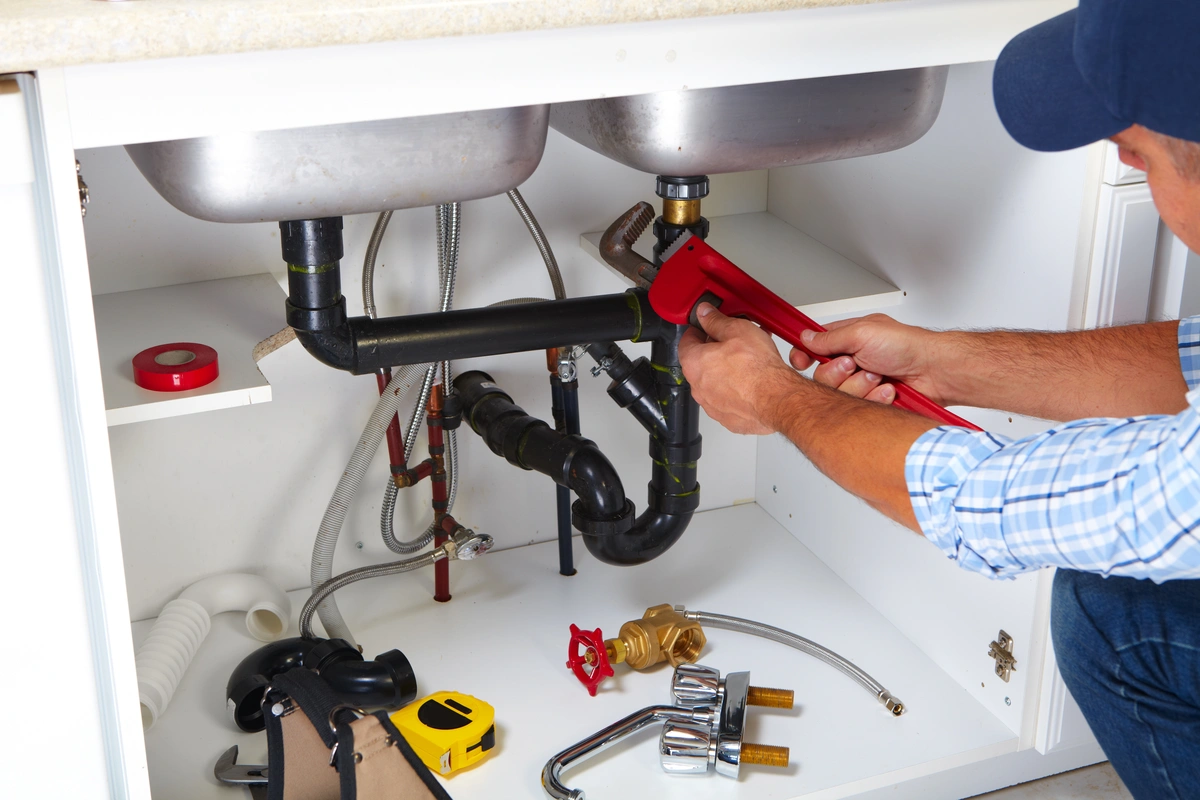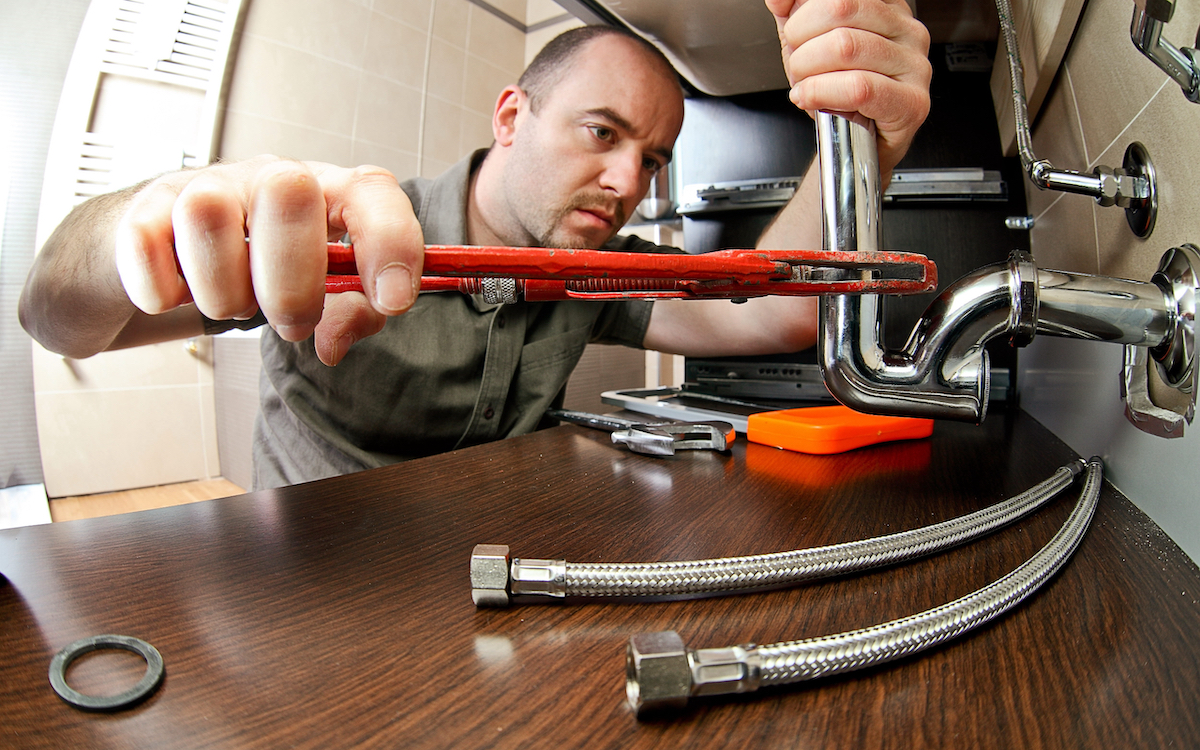Trusted Plumbing Services Alabaster AL for All Your Maintenances
Wiki Article
A Detailed Guide to Effective Hot Water Heater Installation for Optimum Performance
Getting started on the job of installing a water heating unit is a venture that demands accuracy and a methodical strategy for achieving ideal efficiency. As you proceed, the ins and outs of linking water supply lines and establishing up reliable electrical or gas links wait for, appealing insights into guaranteeing performance and integrity.Choosing the Right Water Heating System

Next, think about the size and capability of the hot water heater. It's important to evaluate your house's warm water demands, which can differ based upon the number of passengers and their usage patterns. A system that's as well little may lead to not enough warm water, while a large design could lead to unnecessary energy consumption.
Efficiency scores additionally play a critical duty in selection. Search for hot water heater with high Energy Element (EF) rankings, indicating remarkable efficiency and decreased power use. Tankless designs, though usually extra expensive in advance, offer significant power savings in time as a result of their on-demand home heating abilities.
Preparing the Installation Area
Prior to mounting a new water heating unit, careful preparation of the setup location is necessary. It's vital to gauge the area carefully to fit the water heating unit's measurements, guaranteeing appropriate clearance around the unit for reliable operation and maintenance.Following, eliminate any kind of debris, dirt, or obstructions from the site to produce a clean environment. Inspect the floor for stability, as the hot water heater will require a strong, degree surface to operate efficiently. If required, mount a drip pan underneath the unit to capture potential leakages or spills, protecting against water damages to the surrounding location. In regions prone to seismic task, take into consideration setting up seismic straps to secure the heating system firmly in position.
Additionally, ensure that all essential devices and materials are on hand before commencing the installment. This includes products such as wrenches, screwdrivers, a level, and any additional equipment needed for protecting the heating unit and mounting. A well-prepared setup location sets the structure for a successful hot water heater setup, maximizing efficiency and safety.
Connecting Supply Of Water Lines
When connecting supply of water lines to your recently installed water heating unit, it is critical to guarantee that all connections are leak-free and secure to preserve reliable procedure and stop water damages. Begin by determining the chilly and warm water supply lines. The cold water inlet is usually noted with a blue label or a "C", check over here while the warm water outlet is noted with a red label or an "H".Use versatile water heating system connectors to help with a less complicated installment procedure. Prior to attaching the adapters, put a plumbing professional's tape around the threaded ends of the water heating unit's inlet and outlet pipelines.
When links are in place, gradually switch on the main water supply shutoff. Evaluate each connection for leakages by visually examining and really feeling for dampness. Tighten up links as necessary, and ensure the stress safety valve is appropriately mounted, safeguarding against excessive stress build-up.
Establishing Up Electrical or Gas Connections
Properly establishing up the electric or gas connections for your water heating system is a vital step to make certain risk-free and efficient operation. For electric water heaters, begin by confirming that the electrical circuit is suitable with the heating system's voltage and amperage demands.For gas hot water heater, security is vital. Confirm that the gas supply is off before proceeding. Attach the gas line to the water heating system making use of an adaptable gas port, guaranteeing it is appropriately threaded and sealed with pipe joint substance or Teflon tape appropriate for gas connections. Tighten up the connections with a wrench, making sure not to over-tighten (Plumbing Services Alabaster AL).
As soon as connections are made, check for any kind of potential leaks. For gas lines, use a visit the website soapy water remedy to the joints; bubbles show a leak. For electric connections, double-check that all wiring is safe and secure and effectively protected, keeping conformity with regional electric codes.
Changing and testing for Performance
With the electrical and gas connections securely in place, the following step is examining the operational effectiveness of your water heating system. Begin by very carefully transforming on the water supply and making sure there are no leakages at any of the valves or joints.Next, carry out a thorough assessment to guarantee the burner or burner are working appropriately. For electric heating systems, utilize a multimeter to validate if the elements are attracting the proper current. In gas designs, observe the heater fire; it should be blue and consistent, showing reliable burning.
Change the setups as essential to eliminate inadequacies. Take into consideration carrying out insulation steps, such as adding a hot water heater blanket, to further boost performance by decreasing warmth loss. In addition, inspect the anode pole's problem, as a worn-out pole can reduce performance and result in storage tank rust.
Final Thought
Reliable water heating unit setup is essential for guaranteeing ideal performance and power financial savings. By picking the suitable kind and size, and diligently preparing the installment location, a foundation for success is established. Firmly linking water lines and meticulously establishing up electrical or gas connections decrease possible concerns. Detailed testing for leakages and specific thermostat changes to 120 ° F boost reliability and efficiency. Abiding by these steps promotes lasting performance and power preservation in household water furnace.
Appropriately establishing up the electric or gas connections for your water heating system is an important action to make sure secure and reliable procedure. For electrical water heating units, start by validating that the electric circuit is compatible with the heating unit's voltage and amperage requirements. Connect the gas line to the water heater using an adaptable gas port, guaranteeing it is correctly threaded and sealed with pipeline joint substance or Teflon tape ideal for gas links.
Report this wiki page